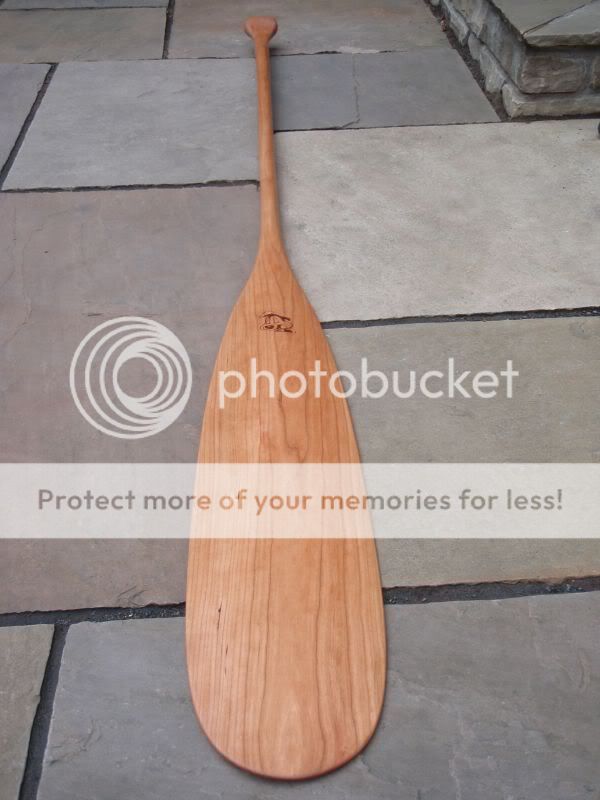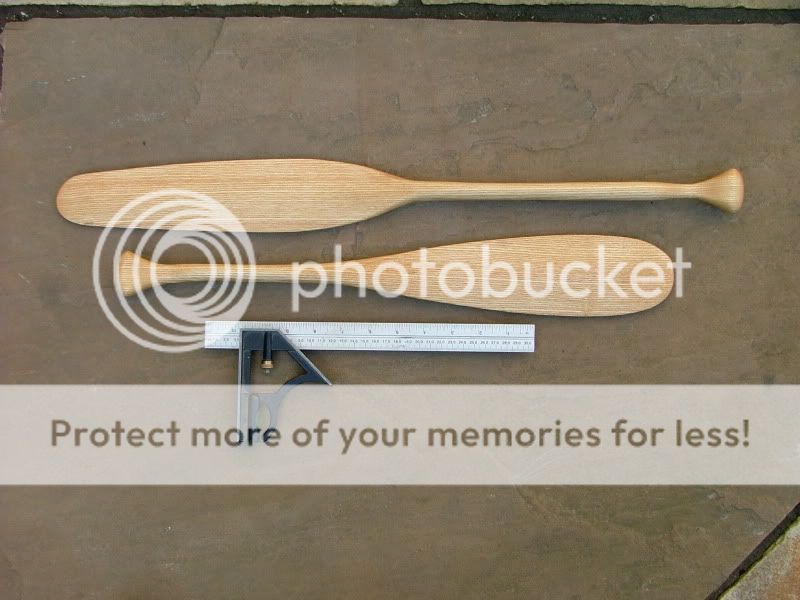Some years ago I went to the (first?) Bushcraft Show at Lakeside on Windermere. I was too late to sign up for the course on carving a canoe paddle but always fancied having a go at one. I may be recalling it wrong but thought they were using scaffolding planks as timber.
Has anyone done one at home with saw, axe, knife? I could do with some advice on wood type and patterns. The paddles I already have for my Canadian are fairly basic ones but I'd like a deepwater style ideally.
Thanks in advance.
Has anyone done one at home with saw, axe, knife? I could do with some advice on wood type and patterns. The paddles I already have for my Canadian are fairly basic ones but I'd like a deepwater style ideally.
Thanks in advance.



